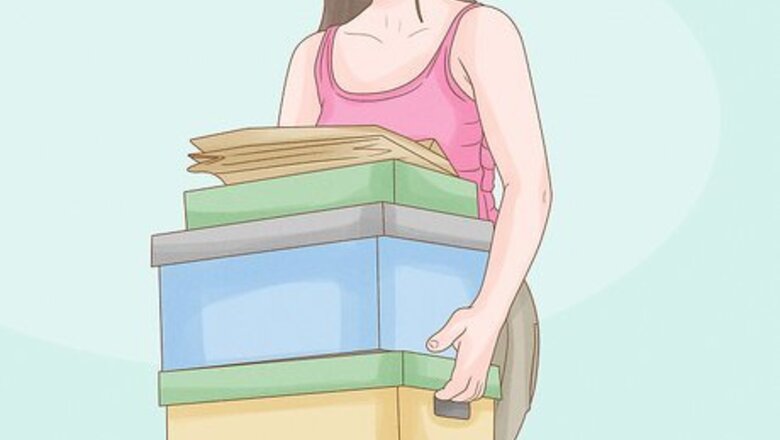
views
Prep & Packing
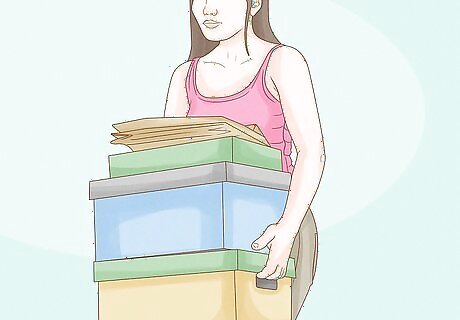
Get rid of the stuff you don't need. First, you have to assess your stuff to have a sense of what you're taking with you on the move and what you're leaving behind. There could be a variety of reasons for leaving your stuff behind. Your new place could be smaller, you could be moving in with someone with nicer versions of your stuff, or you could just be ready to get rid of the old junk you don't need. Here's how you do it: Assess the space in your new place. Get the dimensions of every room in your new home and then measure your furniture to have a better sense of what fits and what doesn't. Sell your stuff on Craigslist. You should start doing this at least a few weeks in advance to make sure that people have enough time to pick up your stuff. If you have great photos and some useful stuff, it'll be pretty easy to sell your things, and you may be surprised by just how quickly people buy up your things. For this reason, you shouldn't post your stuff on Craigslist too far in advance, or you might just end up without a dining room table for a month. Understand the challenge of selling your mattresses. You may have a mattress and box spring in amazing condition that you want to sell, but know that people are wary of buying a bed from a perfect stranger. Either prepare to set your price real cheap, or advertise with your friends, family, and people who actually know you. Have a yard sale. This is a great way to get rid of a lot of your stuff in one fell swoop. Do your best to advertise your moving sale if you feel like foot traffic in your area isn't that steady. Donate your stuff. You may not like your old clothes or shoes, but a lot of people would benefit from them. Have a moving party and put all the stuff you don't want in the corner of your room. You'll be surprised by how quickly your guests snatch them up. Sell your old books to a used book store, or donate them to a library. In the weeks leading up to your move, eat as much of the food in your fridge, freezer, and pantry as you can, so you can avoid heavy cans, or melting or messy food items.
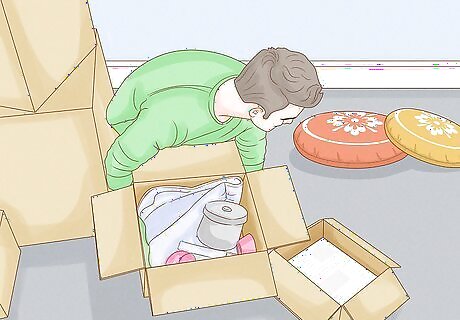
Pack for the move. Though packing your stuff will take a long time, as long as you're organized and have a good plan in advance, it shouldn't consume your life. You should start packing at least a few weeks in advance so you have enough time to pack everything, but not so far in advance that you're surrounded by clutter and start packing away the things you'll need. Here's what to do: Get your cardboard boxes ready. You will need more cardboard boxes than you think. You can get them for free from your local grocery store, find them under "free stuff" on craigslist, get them from a friend who recently moved, or just buy them if you want to save time. Label all of your boxes carefully. You should write where each box should go on the tops and on the sides of the boxes, so you'll know where the boxes should go even if they're stacked on top of each other. Pack a box of essential items. You should do this on the morning or night before your move. The box should include bathroom necessities such as toothpaste, shampoo, soap, your shower rods and curtain, and towels, as well as any overnight essentials like your bedspread, blanket, pillows, and pajamas. Also, if you can't live without caffeine, pack away your coffee maker or tea and tea kettle. Pack all the items that go in the same room in one box. Don't worry about separating your books from your notebooks, if they'll both go in your office. Just put everything that goes in the same part of your room in one box so you can unpack the stuff more easily. Have a "packing station" in your house. Instead of cluttering each of your rooms with a few boxes, pick one place to keep all your packed items. Keep your hardware in a prominent place. Make sure your toolbox is on-hand when you move so you start assembling your furniture again. You can either put it in your essentials box, or keep it in the cabin of your moving truck or your car. Hang on to your essential paperwork. Hold on to any paperwork that is related to your old home, your new home, or your moving process. Don't pack it away with the other stuff that goes in your desk, or you won't be able to find it in a pinch.

Ask some trusted friends for help in advance. Whether your friends are heroically helping you move all of your boxes, or if they're just hanging out for moral support, you should let them know when you're moving well advance. Send them an email or give them a call asking for their help on the big moving day. Don't forget to reward your friends for helping you. Though they're offering to help you out of the kindness of their hearts, you should still make sure to take them out to a restaurant after the move, or to order in beer and pizza.
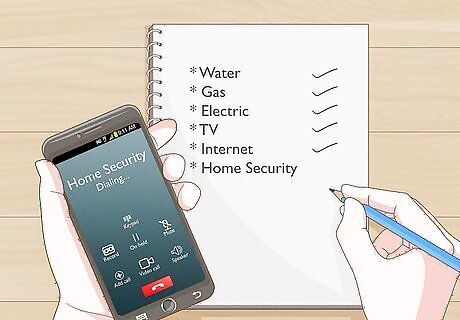
Set up the utilities in your new home and coordinate services and places ahead of your move. Call ahead to make sure you have heat and electricity in your new home, or your move will be off to a very unpleasant start. Utilities include water / gas / electric (often bundled), telephone / TV / internet (also often bundled), home security, and refuse. Services that you'll need to coordinate once you move in include address change through the USPS website as well as anything tied to your address, for example, insurance, banking, or car licenses and registration. Places to locate include the nearest hospital, fire station, police station, village hall, country government, post office, park district, animal hospital, library, public transportation, and school.
Moving Day Tips
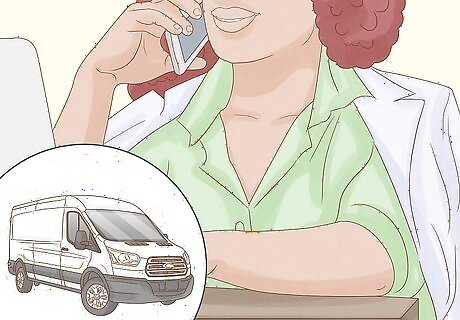
Hire a removals van. If you're tackling the move by yourself, then you'll need to arrange to pick up a removals van on the morning of the move. Make this arrangement well in advance, or it may be tricky to hire a van exactly when you want it for a reasonable price during a busy moving season. Compare the prices of a few companies before making your decision.
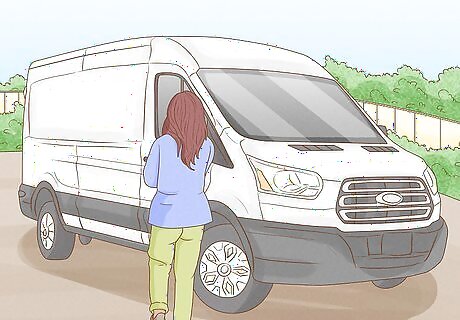
Pick up your vehicle on the morning of the move. Get there early to avoid waiting in a queue on a busy moving day.
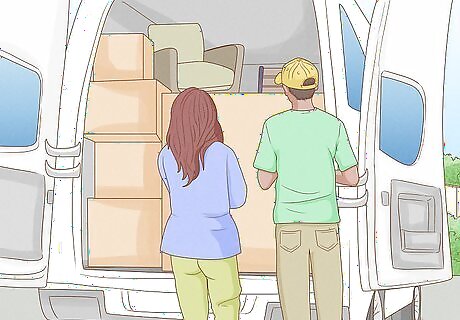
Pack your moving truck. Packing your moving truck won't be a big challenge if you plan in advance and have the help of a few trusted friends when you do it. Here are a few things to keep in mind as you pack your moving truck: Remember that you will need at least two people to handle things other than lifting and hauling. They will need to organize the things that need to be loaded by keeping the packed boxes close to the door easily accessible. Disassemble your furniture. Take apart any lamps, tables with removable legs, bookshelves, and entertainment systems. Protect your furniture. Wrap all of your items with packing paper, bubblewrap and tape as you load them into the truck. Load the heaviest items first, into the back of the truck. This includes your fridge, washer, dryer, and other appliances, as well as your heaviest boxes. Load the heaviest boxes. Stack them like bricks to form layers of walls that fill the back of the truck. Use T-stacks to make the boxes more stable: make each vertical seam make a T with the horizontal layer below it, like bricks in a house. Avoid vertical pillars of similar sized boxes. To maximize space, it is essential to stack high, stable walls early on. Next, load your longer items into the truck. This includes your bed and shelves. Lean them against the sides of the truck. Pack your remaining boxes into the truck. Create three layers of boxes which includes the heaviest boxes on the bottom, the medium-sized boxes in the middle, and the lightest boxes on top. Once you're done with each layer, tape it together with packing tape. Put in your remaining items. The trick is to make everything fit snugly together, but don't pack it so tight that it looks ready to explode. When using the ramp of a box van, such as the vans pictured, make sure the ramp has been fitted into place: once you have fully extended the ramp from under the truck, you will find two prongs that will fit into slots on the lip of the van's cargo space. This will ensure that the ramp is flush with the lip, and make it a breeze to use the dolly. This step is often overlooked. Make sure the dolly is one of the last things to get loaded, so you will have it as soon as you arrive at the new house.
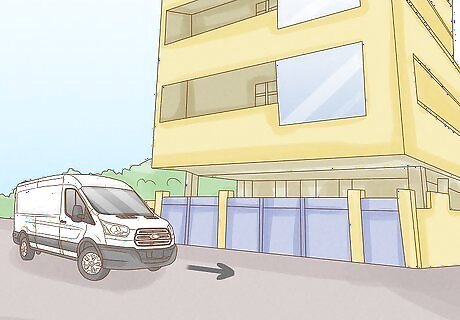
Drive your truck to your new location. Carefully drive the truck to your new home. Be prepared to drive slower and more carefully than you would do in a car. Driving a moving truck takes a big adjustment. Remember to go slowly and stay calm, because the drive may be stressful.
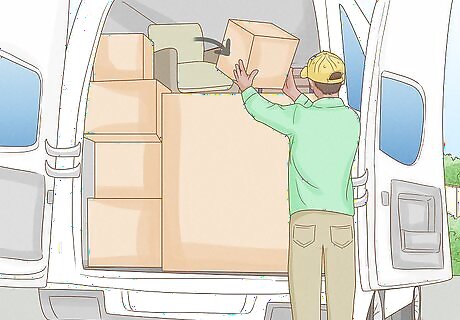
Unload your stuff. If at all possible, back the truck up to the new house so that the ramp will extend onto the porch. Use all of your crew as spotters to make sure you are clear of any obstacles. When you are close to the porch, extend the ramp and hook it in place, and have a crew member carry the opposite end. Most ramps will not latch properly unless the end is on the ground. Once you have the ramp set up, here's how you can unload your stuff: Have a plan for where you're going to put the large items in each room. Do a walk through with the movers, and show them where the larger items go, such as the sofas, TV, cabinets, beds, dressers, night-stands, etc. Choose where to put the boxes and small items in each room based on that. That way the boxes won't be in the way when the big furniture comes in. And you won't have to move the boxes again. You can put Post-it notes on the wall if necessary.
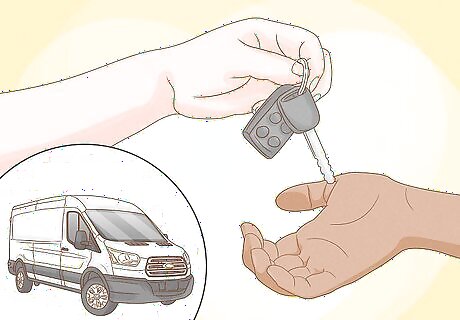
Return your moving truck. You will have arranged whether you will do this the same day or the next morning.
Using a Moving Company
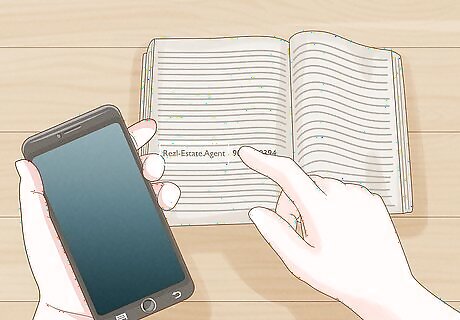
Research to find the best company. If you want to move with the help of a moving company, you will have to spend a lot more money for your move, but you will save yourself from the stress of having to move your boxes, drive a moving truck, and unload your boxes. Look for a company that has insurance and workers' compensation just in case there's an accident. Finding the right moving company is a big commitment so you need to do your research carefully before you make a decision. Avoid the Internet at first. This is the easiest way to get caught in a moving scam. Instead, check out the listings in your phone book, call a local real estate agent, or ask friends for their recommendations. Pick a place that will do an in-home estimate. If they won't, hang up the phone. Make sure the company will be doing it themselves, and not sub-contracting to have someone else do it. Make sure the company can give you a "Your Rights and Responsibilities When You Move" booklet. Get as much information about the company as you can. Try to pick a company that has been in business for at least ten years. Ask about the included services, and for a list of references.

Once you've narrowed your search to two or three companies, go online to find out if they are legitimate. You'll need to have the company's DOT and MC license numbers to do this. Now you can make sure that the company is not only authorized to perform your move, but that they have insurance to do it. First, check out SafeSys.org. Type those DOT and MC numbers into the site and see what comes up. Next, make sure the company checks out on the 'FMCSA Licensing & Insurance site' link on the bottom of the report you get about the company. Last, check out the Better Business Report to read up on the company.
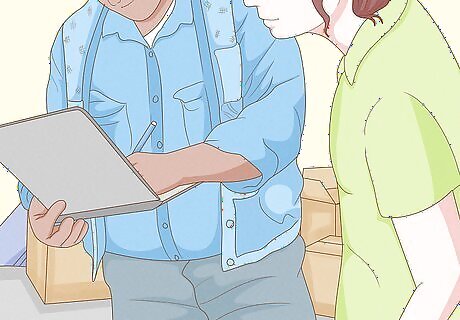
Have the company come to make an assessment. The company will send a representative to check out all of your stuff and to give you an estimate about how much it will cost to move it all. The company will give you an estimate based on what they see in your home. Don't use a company that will only give you an estimate based on cubic feet. If you really want to find the best company, you can arrange to have two or three companies to come and make an assessment and pick the one with the best service and best prices. But this will be more time-consuming.

Make a deal with the moving company. Decide on a rate that works for both of you, and sign a contract that is well-detailed and suits your needs. Never sign a blank contract. Through your arrangement, you will decide on the moving date.
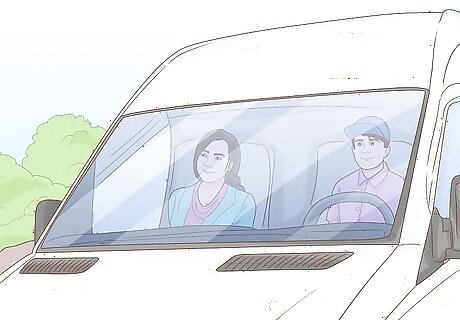
Move with the movers. Now that you've chosen your moving company and have decided on a date, it's time to prepare for the big move. Though you won't be doing any heavy lifting, you should still be around when the movers transport and unload your stuff. This will be an exception if you're arranging them to move your stuff into your new place when you won't be there. When the movers are unloading your stuff, stay out of their way. Don't offer to help unless they have questions. Reward your movers. Once they've done their hard work, or even while they're doing their hard work, order some lunch for them if you want to be nice. And make sure to give them a generous tip.
Unpacking & Settling In
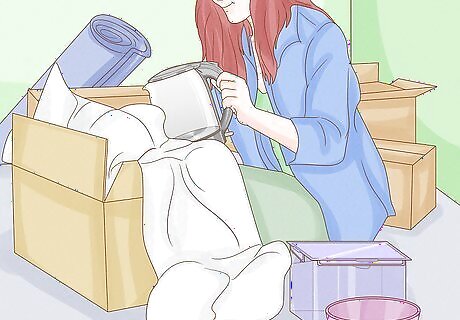
Unpack your stuff. Now that you've unloaded your stuff at your new home, it's likely that you're feeling overwhelmed. Have patience and don't force yourself to start unpacking everything right away. Just focus on getting it done little by little and you'll have your new place ready in no time. Here's what you can do: Unpack your essential items first. Unpack the stuff from your "essential stuff" box. Put up your shower curtain in case you need a relaxing shower and make your bed if you just want to collapse. Try to unpack your kitchen items early on. Though you should relax and eat take-out when you first arrive at your new place, you can't do that forever. The sooner your kitchen is set up, the sooner you can start living a normal life. Assemble all of your big furniture. Make sure you assemble it in the room where it belongs. Do only as much as you can each day. Though you shouldn't wait months to unpack, you are probably overwhelmed after your move, so unpack as many boxes as you can until you need a break. Remember to take the time to enjoy your new surroundings.

Go shopping. Once you've started the unpacking process, it'll be time to go shopping for any items you may need. Your shopping can include going to the grocery store to stock your fridge, buying any furniture you may need, or replacing items you can't find. Take it one step at a time. If you really need a lot of new items, make a day of it, but if you just need a few things, you don't have to do it all at once.

Get to know your new neighborhood. Once you're far along in the unpacking process, or just feel like taking a break, it's time to get to know your neighborhood. This is a great way to feel more comfortable in your new surroundings and to feel like your stressful move will pay off in the end. Here's what to do: Go for a walk. Not only will this relieve stress and give you great exercise, but you will have a better sense of the feel of your neighborhood, what your neighbors are like, and what stores or parks are near you. Look online or in a local newspaper to check out cultural attractions, bars, or restaurants. See what your new hood has to offer. Tell your Facebook friends that you've moved to a new place. Ask if they have any recommendations of where to go or even where to shop. Even people you barely know will be happy to offer advice on this topic. Get to know your neighbors. Be friendly to the people in your neighborhood. You'll end up making more local friends and getting insider tips on your community in the process.




















Comments
0 comment